|
Formative Assessments monitor student’s learning to provide ongoing feedback that can be used by instructors to improve their teaching and by students to improve their learning. The above video is an example of an exit ticket formative assessment. This is an assessment that I can use for an elementary english classroom. With the multiple choice options I gain basic information about student understanding. If I wanted to get more detailed information, I would want to host a discussion with more specific questions about the story of the three bears. I might also want to test understanding of definitions by providing multiple choice options of definitions and having students select one. A quick test for general understanding will give me limited information, but if I trust that students are answering honestly I can still utilize the data to adjust my lesson for the following day. For example, if everyone responds that they understand, I can move on to other vocabulary words or even give a summative assessment the following day. If students are responding that they do not understand or do not remember then the following day I would continue with the same subject. I could create an exercise that allows students to act out the story of the three bears. I could have the class play a vocabulary game to better understand key words. Check out my blog post on game based learning to see an example activity for learning vocab! (click below) Why should you use formative assessment? Formative assessment helps the teacher guide instruction so she don’t waste time going down the wrong path. The teacher can find out if a student needs to be re-taught a concept or if they can move on to the next topic. Formative assessment allows personalized teaching by meeting the student where they are at in the learning process. It also creates a clear picture of where the student needs to go. (SmartAtMath, 2011). Ways to determine if the formative assessment worked in the classroom: Once the teacher gathers the data from the formative assessment, she needs to then decide if the data shows an accurate reflection of classroom understanding. This determination can be completed by compiling the data in groups. One group could be "This data shows basic understanding". Another group could be "This data shows complex understanding of a specific topic". Depending on the type of assessment, the teacher could find data group variety. For example, for a drawing assessment teachers would be able to gather data for basic understanding. For a discussion assessment, teachers would be able to gather data that shows complex understanding of a specific topic. The more specific the assessment, the better detailed the data. Modifying formative assessments: Once the teacher has categorized the data, she can determine how to make changes in the future lectures. If misunderstanding is appearing then she may have to return to the subject and present the information in a different way. If the class generally understands she can approach students who may be having difficulty and offer extra help. If the formative assessment is not providing the teacher with good data then she can modify or change the assessment to gather more specific data. For example, if the assessment was to give a hand signal thumbs up or down and the teacher really wanted to know what specifically students were understanding, perhaps changing the assessment to include discussion or a written statement would be more helpful. Even modifying slightly to include hand symbols #1-5 rather than thumbs up thumbs down would give more specific info. How to share assessment Data with students: Once the data is collected from the above formative assessments, teachers can then decide how to provide feedback to the students. If students submitted an exit ticket at the end of the last class, at the beginning of the next class the teacher can return the tickets and discuss overall classroom data. For example, "Based on the answers you all turned in it looks like most of us have a good understanding of the grammar lesson, but there might be a question about how to best eliminate run on sentences. To start today, please look at the run on sentence written on the board and consider how you may shorten it or separate it into multiple sentences.". If the teacher finds that a specific student or group of students is continuing to struggle, she can set up a private meeting to discuss misunderstandings and find extra help for those students. Summary of my previous experience giving formative assessments in Private Voice Lessons: In my private classroom, I am consistently giving formative assessments throughout the lesson. After I have completed my basic overview of a topic, I then typically give a formative assessment that includes verbal confirmation of understanding. If the student agrees that he or she understands the topic, I follow up with a secondary question to ensure that they in fact do understand. If the student does not understand I start a short discussion on the topic and give a few different examples for the student to try. The most common misunderstanding in my music lessons is on how to correctly breathe to support singing. Once the explanation has been given, I then model an example of how to inhale the breath down into the bottom of my lungs, expanding my rib cage and allowing my abdominal muscles to relax. Then I have the students try it with me. This visual check is my first formative assessment. If I see the body moving correctly, I then discuss with the student different ways to trigger this motion without having to think step by step. For example, imagining a wave come crashing down through your mouth and into the bottom of your belly can really help students understand the motion of the low breath. The final step to assessing student understanding is then to ask if the student has any questions. Usually there is at least one clarification that can be given. For example, "Is the diaphragm contracting or releasing during the inhale?" is a typical question. If the student is still not understanding the concept after explanation, then I describe it another way or give other exercises to help students become more familiar with the movement of their bodies. Laying down on the floor with a book on your stomach is an example of how to help train the body to take a correct singers breath. Each time the student tries a new example, I gain more information about their understanding and can help adjust my future lessons based on this understanding. If I know a student is struggling with understanding the singers breath, I incorporate breathing more into warm up exercises. I also spend more time with stretching, deep breathing, and muscle flexing so that students can better get to know their bodies and how to utilize them for singing. One way I have modified my assessments in the past is by asking for student recommendations. When a student has successfully understood a concept, I ask them what exercise finally made the information "click". While each student is different, the answers to these questions give me more confidence in trying certain exercises with students who are struggling to understand similar concepts. Bibliography:SmartAtMath. (2011). Checking For Understanding [Video]. Retrieved from https://www.youtube.com/watch?v=vd7TO9alAss&feature=youtu.be
1 Comment
1. What To Do Directions (W.T.D) These directions are Specific, Concrete, Sequential, and Observable. Example: A student is looking around the classroom and the teacher senses that student will begin to distract others. The teacher would say… “Pick up your pencil, look at your worksheet, and complete the questions.” 2. Positive Narration When a student is doing a positive behavior in class the teacher should recognize it and verbalize it to the class. Example: The class is working in 4 groups and the teacher realizes that one group is working very well. The teacher would say… “I see that Group 1 is quietly working-Good Job.” When a student is misbehaving the teacher could use positive narration to redirect the students attention to what is good behavior without calling the student out. Example: The teacher notices group 2 is chatting about sports instead of working on their assignment. The teacher would say the same sentence! 3. Nonverbal Que When a teacher notices a misbehavior happening or about to happen she can use a hand signal to signal to a single student or group of students to stop whatever they are doing and refocus on the class. 4. Involving parents in day to day classroom activities
-Have them come to school as parent aids (to help prevent student misbehavior) -Email/Phone/Text them info about student behavior- positive and negative. (to prevent or address student misbehavior) Applying Classroom Rules and Procedures
Plans to Avoid Misbehavior
In my classroom, I plan to set up a positive classroom environment. I can accomplish this by learning student’s names, taking an interest in their activities, and understanding student’s family backgrounds. Physical behaviors can also help to develop positive interactions. A hug, high five, or even a smile can go a long way when greeting students by creating a meaningful caring relationship between student and teacher. Classroom setup can also aid in developing a positive classroom environment. I plan to group children together in cooperative grouping in order to create teamwork in the classroom. Click the button below to learn more about creating a positive climate in the classroom.
With the help of my students, I also plan to create a set of rules, norms, and procedures to avoid many behavioral issues in the classroom. Effective teachers not only plan for classroom management before the beginning of the school year but also spend time at the beginning of the school year making sure that students understand the rules and procedures, that students generally accept the rules and procedures, and that students practice procedures enough to execute them in a routine fashion (Marzano, 2007). The utility of rules and procedures is enhanced if students have input into their design. Once I have presented the rules, my students can come up with specific behaviors and routines to make sure the rules are followed (Marzano, 2007). This should happen at first in the beginning of the school year during a presentation/discussion class on rules and expectations. Later in the year the rules can be considered again by the class and perhaps changed. Check out the powtoon video below to hear more about creating rules, norms, and procedures!
I also will have high expectations of myself as a teacher and of my students to accomplish their learning goals! This will help cut down on behavioral issues because having high expectations directly effects the student’s ability to achieve in the classroom. “A teacher’s beliefs about students’ chances of success in school influence the teacher’s actions with students, which in turn influence students’ achievement” (Marzano, 2007). Students who are low-performing need to have high expectations in order to boost their confidence and self image. Without this, they will be more likely to act out in class. The students need to know that I believe in them so they can achieve greatness in the classroom.
Because behavioral issues are bound to arise despite my plans and expectations, I plan to use a behavior chart to help manage classroom behavior. This behavior chart and point system could be used class wide, or for specific students who are having behavioral issues. It is a rewards based system that is used on a weekly basis so both the students and the teacher can see progress throughout the week. In order to avoid star students always being “on top” and struggling students never being able to reach point goals, the points will be reset every week. This shows students that each week is a fresh new start for them to meet their goals! This behavior chart will help students be reminded of the teachers behavioral and academic expectations. In addition, at the end of the week the teacher will send home the behavioral chart to be signed by the parents. For students who are not achieving expectations, the teacher will fill out the back of the behavioral chart. The back includes a place to write a note for the parents to read and 3 simple categories: Improving, Staying the Same, and Worsening.

Plans to Manage Misbehavior
Even with this behavioral chart motivating students to do their best in class, there will still be situations that I need to address misbehavior. First, I need to be very clear about my expectations. I need to give specific, concrete, sequential, and observable directions (W.T.D). This makes it very clear to the student what it is I want them to do.
Second, I need to give praise to students who are following instructions well. This is called positive narration. When I see a student doing something positive such as working quietly, listening intently, or sharing well I need to comment on the behavior. If I do this in front of classmates, the student will feel happy and proud and the classmates will desire to have that same attention drawn to them. Therefore, they will listen better to rules and directions. If all of these attempts to manage the classroom do not work for a specific student, the next step would be for me and the student to have a private conversation. This conversation could refocus the student gently by supporting her emotions and recognizing her needs. In my classroom I plan to figure out each student’s needs by asking them questions about what works for them. Just spending this time to get to know students needs will create a bond between me and my students. Finally, if the behavior continues it is necessary for the parents, and principal to be brought in for a meeting with me and the students for a final attempt to dispel the misbehavior. This is not a punishment, but an aid for both me and the student to develop a positive relationship based on communication. We can all work together to find an appropriate consequence that will help the student get back on track in the classroom. Parents and students have given me permission to share this video for educational purposes. This teaching model was very helpful in teaching students how to complete a learning task. I worked with a couple of students one on one, so we were not always able to do the “you do it together” section. They still seemed able to grasp the concept more quickly than if I had just given a lecture about the subject then asked them to complete a task. Watching me complete the task, the students attention was undivided. They were focused and interested in what I was doing. Because I spoke out loud about my thinking process, they felt more comfortable thinking out loud themselves when it came to the We do it and You do it alone scenarios. I did work with one small group of 2 students (as seen in the video above). The only difference was in the “you do it together” section of the teaching model. When the two students were working together I prompted them to think out loud to each other instead of just having one student complete the task while the other watched. That prompt seemed to help them grasp what they were supposed to be doing and they accomplished it easily.
Check out the following powtoon videos for information about establishing rules in the classroom!
Elementary School
#1 Project Goal: Understand how climate change affects China Subject: Foreign Language Studies Project Delivery: Interview 21st Century Skills: Communication, Technology Skills, and critical thinking. Specific Project Work: Students demonstrate mastery of foreign language by interviewing local Chinese people and understanding how climate change affects China. How will your students work on this project to achieve the task goals?
Climate change aspect: Brainstorm ways we can do to help protecting our climate.
How will they get a deeper understanding of the subject area that you are teaching?
Evaluation:
-Did the group work together to make sure they can say these questions out with proper pronunciation and intonations? -Did they group assign different roles in task to achieve a good project result?
- Did they manage to let others in the wechat group understand what they are posting by adding short explanation etc?
#2 Project Goal: Understand how climate change affects the USA. Subject: General Education Project Delivery: Field Trip 21st Century Skills: Social Responsibility, Ethics. Specific Project Work: The teacher takes the students on a field trip to a beach clean up project. The students actively work towards cleaning up the beach and gain a feeling of pride for their hard work and an understanding responsibility for their surroundings. Evaluation: The teacher will give a pass/fail grade based on participation in the cleanup. #3 Project Goal: Understand how climate change affects the world. Subject: Geography/Science Project Delivery: Teacher driven lesson 21st Century Skills: Information skills, Interdisciplinary. Specific Project Work: In Geography class the teacher reviews the facts about climate change with the class in a lesson. Students will gain a better understanding about geographical changes in the world. In the Science class the teacher shows students graphs and teaches atmospheric process and water cycle. Students will gain a better understanding of these scientific concepts. Evaluation: The teacher will evaluate how attentive each student is by taking note of which students ask questions and participate in discussion. The teacher can also walk around the class to see if the students are paying attention to the lesson or not. #4 Project Goal: Understand how climate change affects YOU. Subject: General Education Project Delivery: Group Brainstorm 21st Century Skills: Collaboration. Specific Project Work: The students evaluate how the issue affects themselves by brainstorming with a group and then sharing their findings with the class. By completing this activity, students will learn general concepts such as how to brainstorm, how to collaborate, and how to lead and manage discussion. Evaluation: The teacher will evaluate how well students in the group are working together by walking around to each group and listening in on the conversations. Then, when the group gives their presentation the teacher can evaluate how well the students have collaborated to come up with an answer to the question. #5 Project Goal: Think critically about why climate change occurs. Subject: Geography Project Delivery: Discussion 21st Century Skills: Critical Thinking, Collaboration. Specific Project Work: The teacher leads a discussion of potential reasons why climate change occurs with the class. By discussing with the class, students will share and reinforce their knowledge about geographical information. Evaluation: The teacher will evaluate the discussion based on participation. Students who participate and share their thoughts on the subject will be noted by the teacher. #6 Project Goal: Think creatively about how you can help change the motion of worsening climate change. Subject: Language Arts Project Delivery: Written Paragraph 21st Century Skills: Creativity, Problem Solving. Specific Project Work: The teacher asks students to write a persuasive paragraph to answer the question, "How can you help change the motion of worsening climate change?". The students will gain a better understanding of their writing skills by completing this activity. Evaluation: The teacher will evaluate the written paragraphs. Criteria for an excellent paragraph includes: ~ Students express creative thoughts on how they can help change the motion of worsening climate change. ~ The paragraph is well written |
Details
AuthorKristen Fallon: Student, Teacher, Musician, Fun loving person! Archives
March 2019
Categories |
||||||
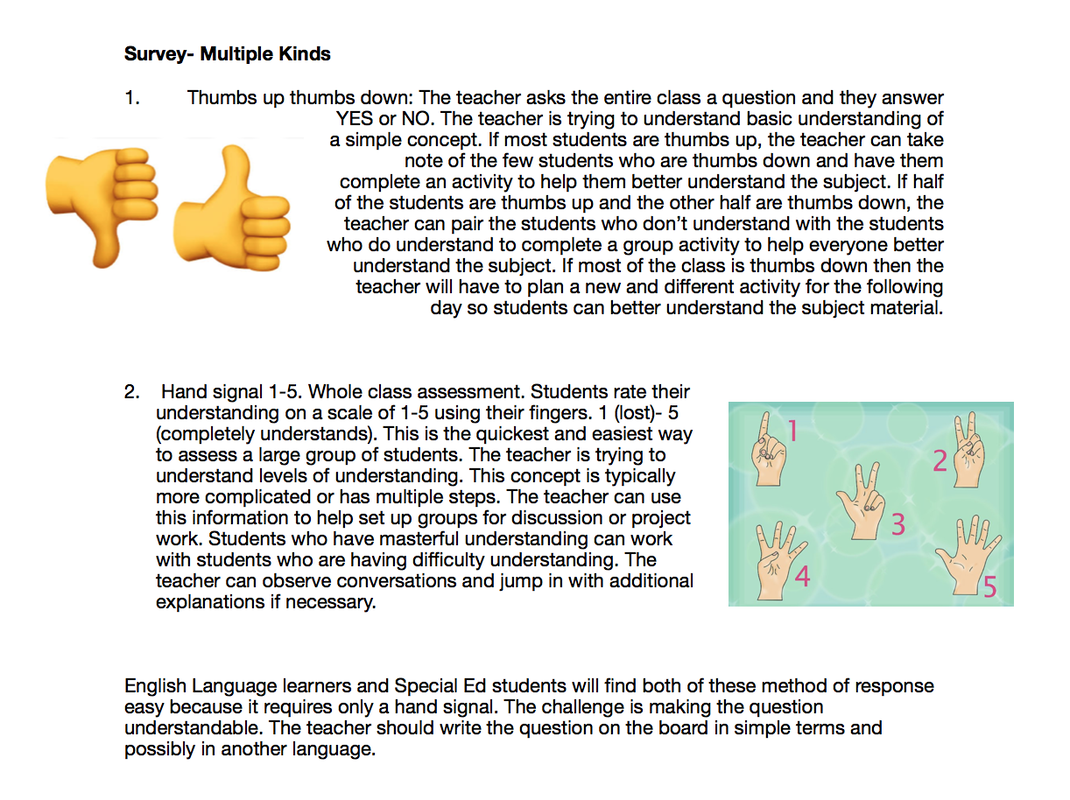

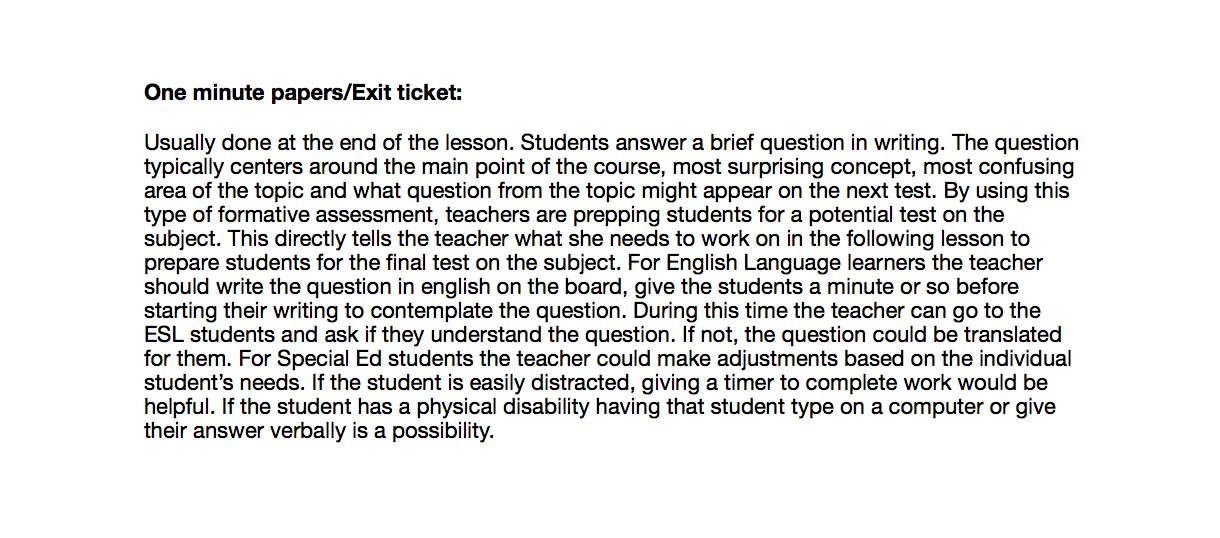
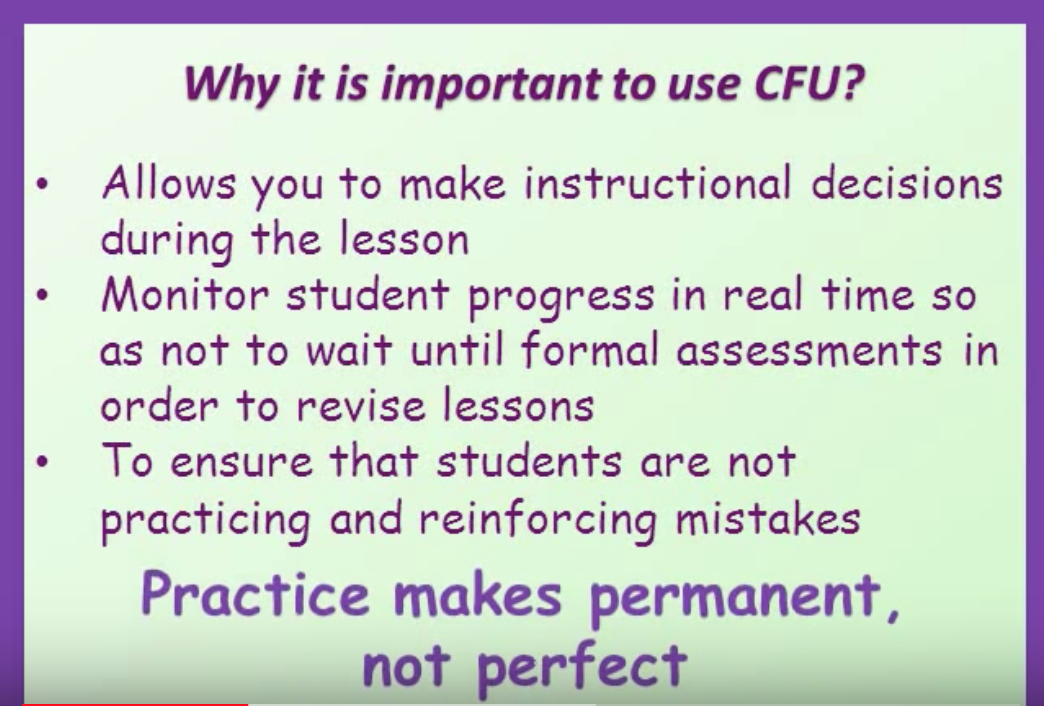

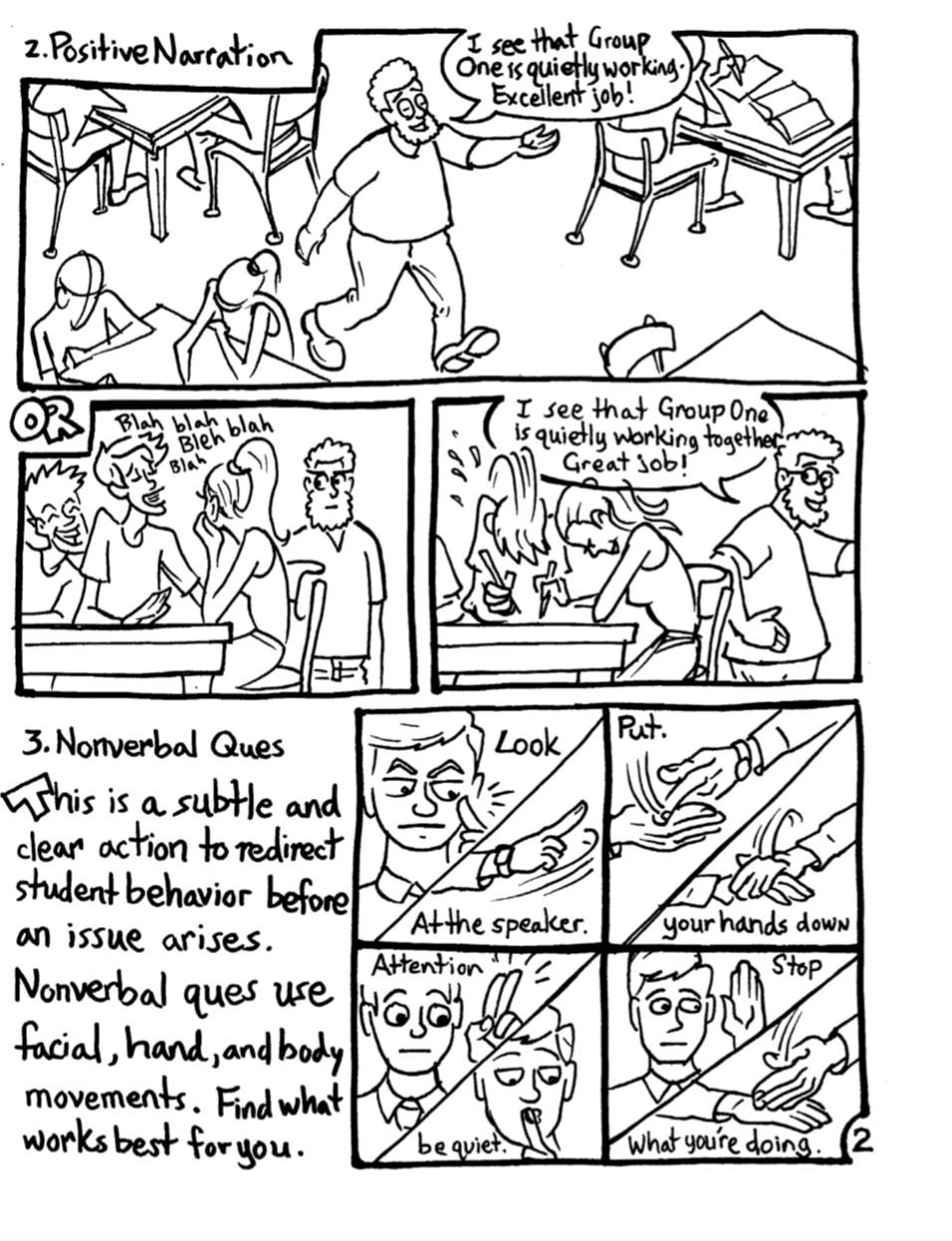
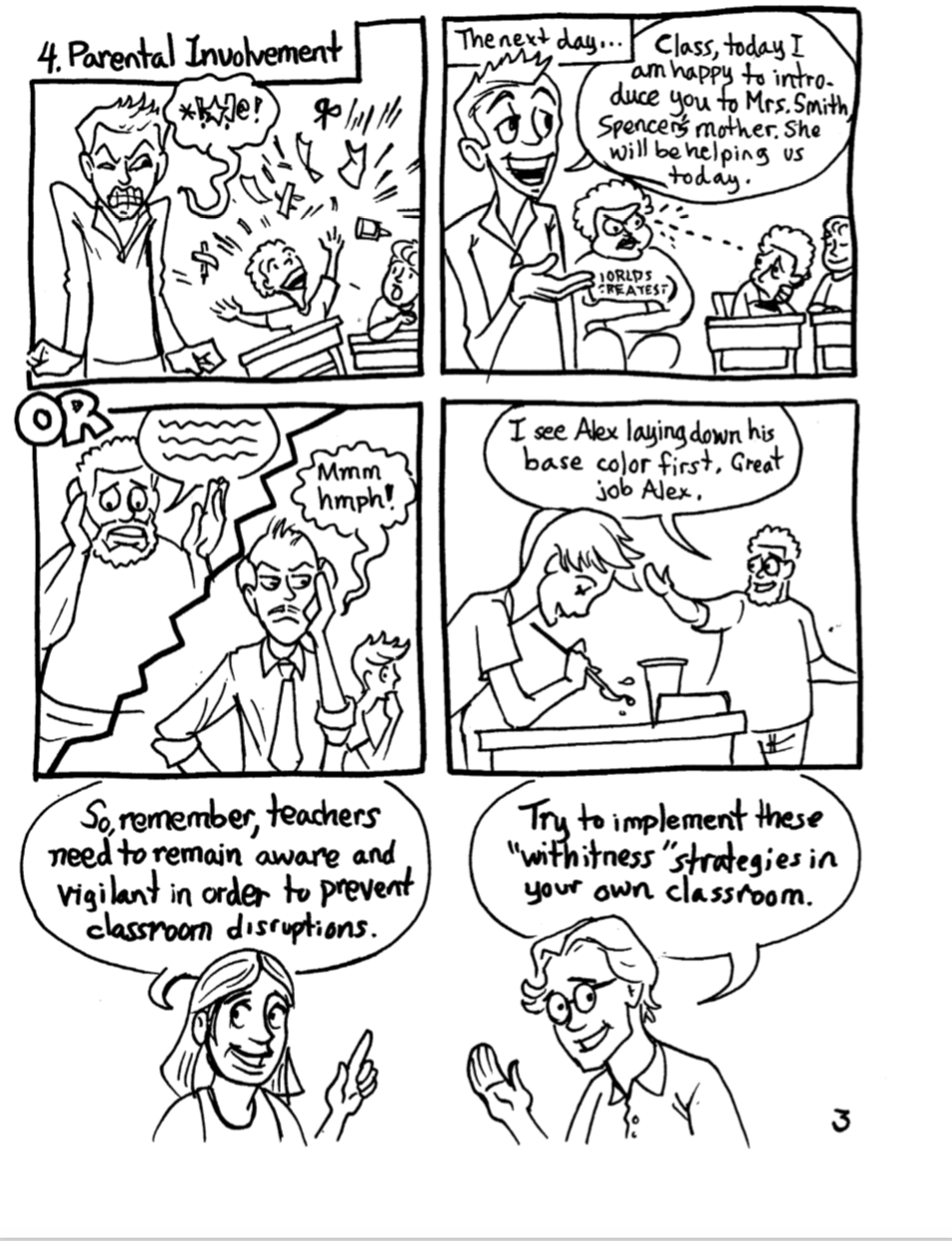

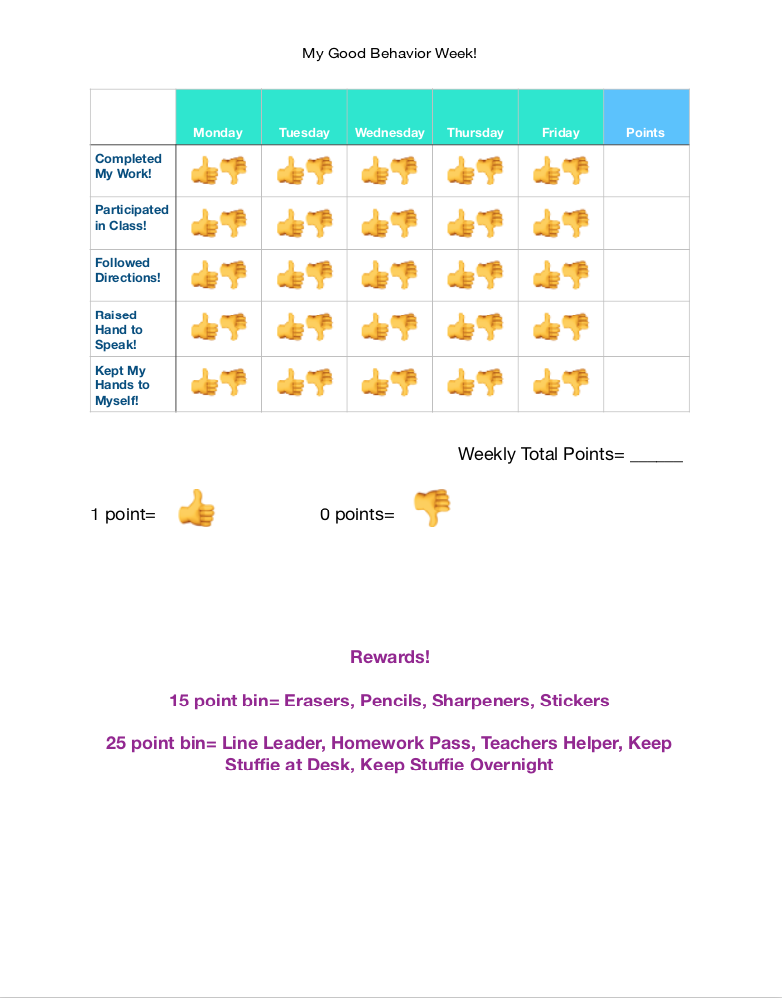

 RSS Feed
RSS Feed
